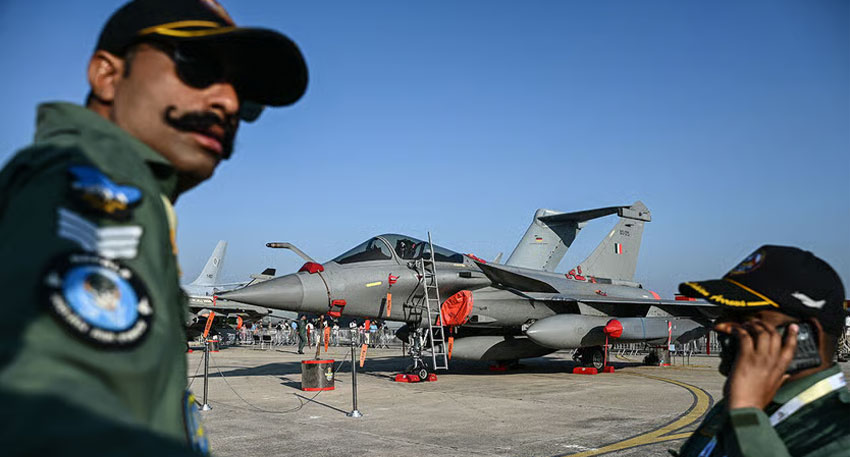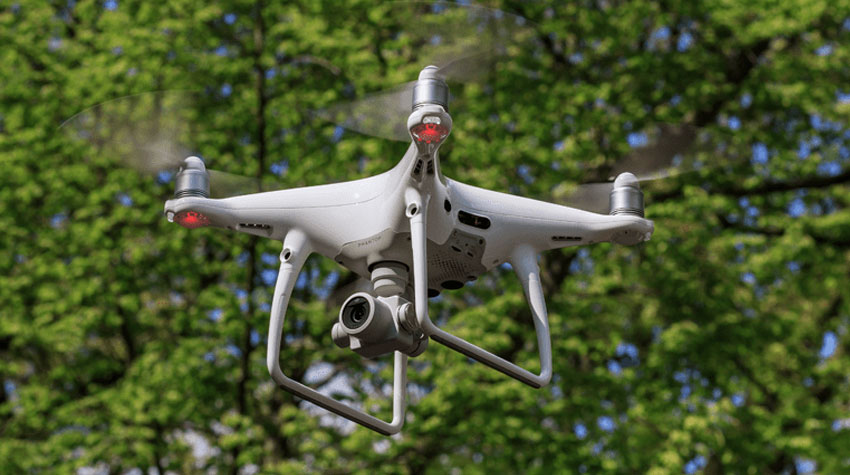
The war was caused by heightened tensions over Kashmir, which happened after an attack on Indian-administered Kashmir, increased tensions between the two countries, and it rapidly escalated into direct aerial engagement.
For the first time in real combat, Pakistan deployed the PL‑15E missile from its J‑10C fighters. Debris recovered in Indian territory confirmed its use, suggesting it hit targets at ranges exceeding 180–200 km.
US officials confirmed that Pakistani J‑10C jets downed at least two Indian jets, including a Rafale, while Pakistani claims include five Indian aircraft losses (three Rafales, one Su‑30MKI, one MiG‑29).
Pakistan’s success was bolstered by its sensor and command systems. Real-time tracking and coordination were enabled via a Saab 2000 AEW&C platform linked to national Link‑17 networks, allowing J‑10Cs to launch standoff attacks with precision.
Even though Pakistan’s success in the air encounter is widely credited to the advanced capabilities of its Chinese-made J‑10C fighter jets and long-range PL‑15 missiles.
Emerging evidence confirms that Pakistan deployed its Chinese-made J‑10C fighters equipped with PL‑15 long-range missiles—guided by networked data links and AWACS—to engage from within Pakistani airspace using beyond-visual-range tactics. It was also highlighted by analysts that India’s shortcomings, such as the IAF underestimating the missile’s reach, operating without adequate AWACS coverage, facing communication glitches, and failing to adapt to standoff strike methods, left pilots unaware of incoming threats.
Also Read: Pakistan extends ban on Indian flights for another month
However, whether it s Chinese advanced military technology or India’s massive shortcomings, it is important to note that ambition and humans play a big role in the success of a nation. Airplanes, jets, and coordination have been advancing rapidly, but it is with sheer strength, determination, and ambition of a person to protect one’s country that finalizes their victory.
Together, Pakistan’s tech advantage, India’s tactical errors, and Pakistan’s sheer willpower shaped the outcome of this unprecedented air battle.
Pakistan’s ability to execute coordinated strikes without crossing borders underscores the growing importance of networked, beyond-visual-range warfare doctrines.
Nevertheless, India’s diverse arsenal and countermeasures may yet level the playing field in future engagements.
Pakistan’s use of J‑10C fighters and PL‑15 missiles may have altered the strategic balance in South Asia, but both success and skepticism coexist—raising fundamental questions about reliability, integration, and the future of aerial warfare.


